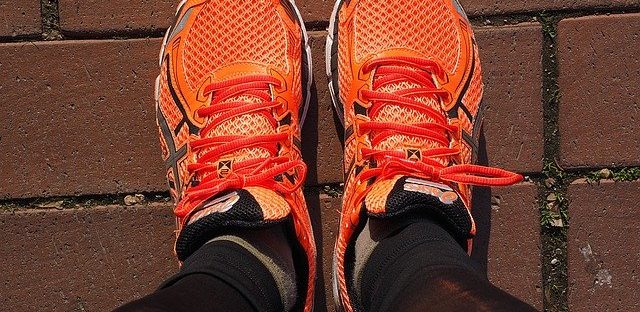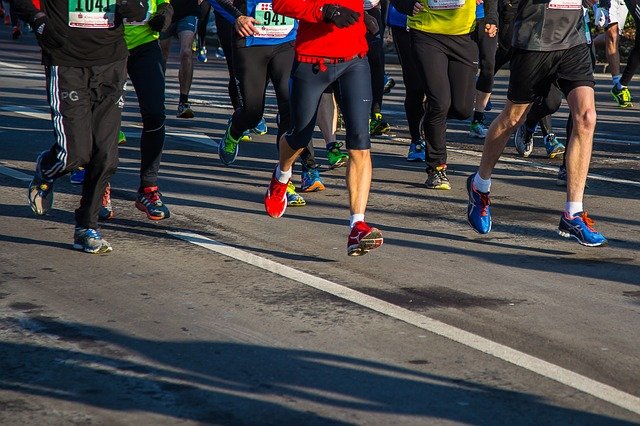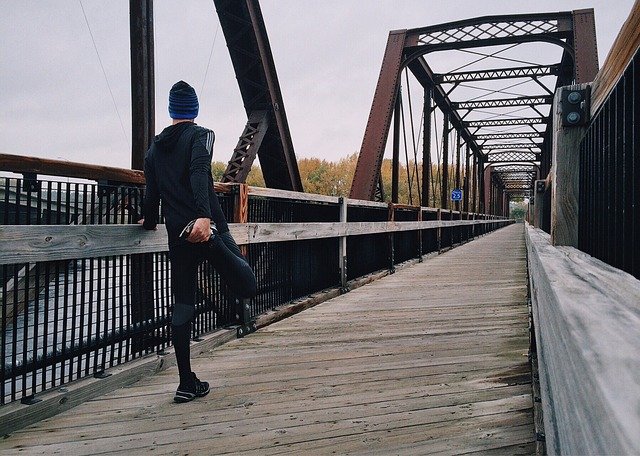The Brooklyn Botanic Garden reopened to visitors in August 2020. In September, Adrian Benepe, the former commissioner of the New York City Department of Parks and Recreation, came in as the Garden’s new president and chief executive.
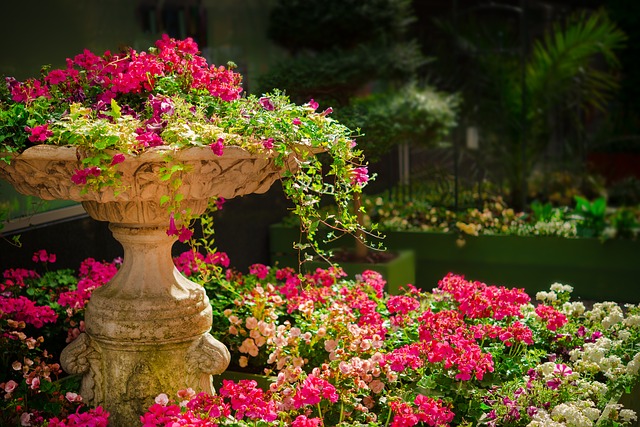
The newly refurbished Brooklyn Botanic Garden still includes all the taxonomic detail and vibrant floral displays. The 52 acres of plant life are randomly categorized, with insects, birds, and a constantly-changing floral setup scattered throughout. The new Robert W. Wilson Overlook is constructed on a 1.25-acre slope of land that was left unkempt and deserted for too long. The slope was discovered in the 20th century when digging began on the adjacent Brooklyn Museum. The path also doubles as a ramp for disabled visitors.
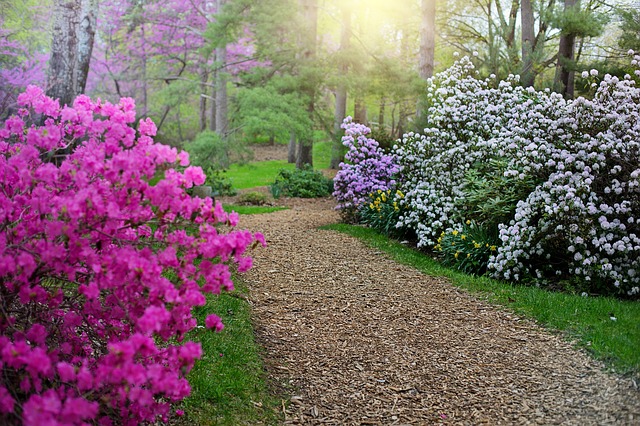
While the Garden is open to visitors, the robust scholastic activities for children and adults are only available virtually. Children can register to have plants sent to their homes and gardening enthusiasts can consult with Botanical staff online.
